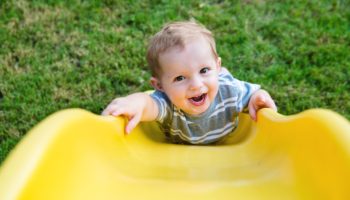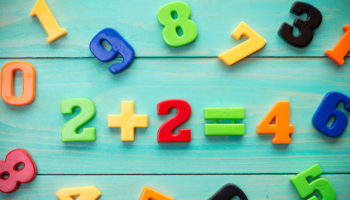Stefanie Camoni
What’s today? What was yesterday? What’s tomorrow? The response heard is typically the same; various days yelled out by a large group of preschoolers crowded on a circle carpet, or a square carpet that we call the circle rug. Children don’t understand the concept, but yet it is heard daily in many preschool classrooms. Has anyone stopped to ask why? Is this relevant to a 3 or 4-year-old?
Research suggests that children are not able to understand date concepts. Research also tells us that math experiences are important. Check out NAEYC’s article Calendar Time for Young Children- Good Intentions Gone Awry for more research and ideas. It is important to help children relate math learning to their daily experiences, but how can this be done? Take a closer look at the activities offered, including transitions and routines; math learning can occur during calendar but also at many other times throughout the day.
Here are some ideas to teach concepts by using display and materials already found in most classrooms.
- Picture schedules are often posted in the classroom but are not always used with the children. This display can illustrate first and next and also before and after, just like the days of the week.
- If counting days on the calendar, consider counting the boys and girls present to give children a concrete example as to how many that number represents. This can be extended by writing the number for the children and then encouraging them to show you on their fingers how many boys or girls are present. Take it a step further by grouping children by gender, hair color, or clothing and asking which group has more and why.
- Typically, months are reviewed by singing a song as someone points to each one but make it more meaningful and discuss things that happen in the month, making it relevant to their daily lives. Add birthdays and special events to the calendar and count the days until the event occurs.
- Let children help set the table and encourage math skills by counting the number of children and items needed (snack items, forks, cups, etc.)
Calendar time does have a place in preschool classrooms. It is dependent on the expectations of the activity. Keep activities developmentally appropriate, relevant, and interesting. Remember to visually assess the children’s level of interest and engagement and alter teacher methods if necessary. All concepts should be fun yet challenging for children and calendar time is no different. Time flies when having fun!




